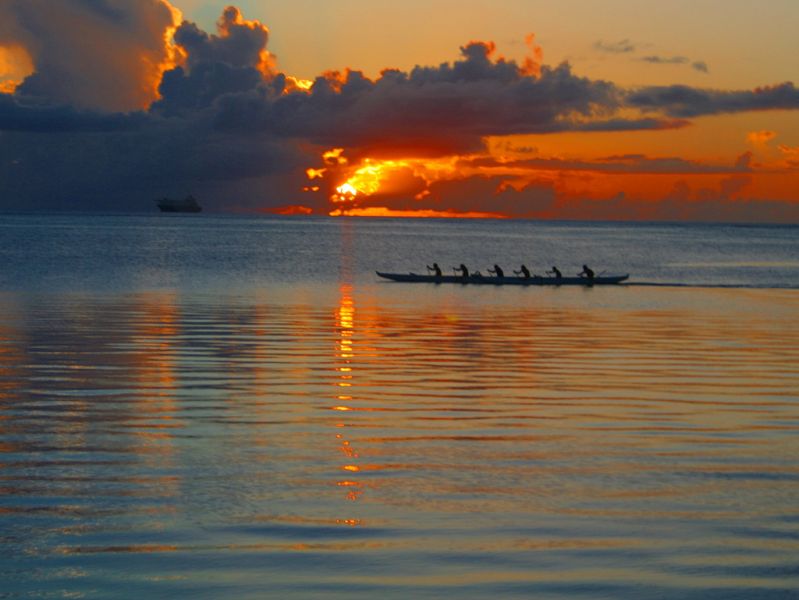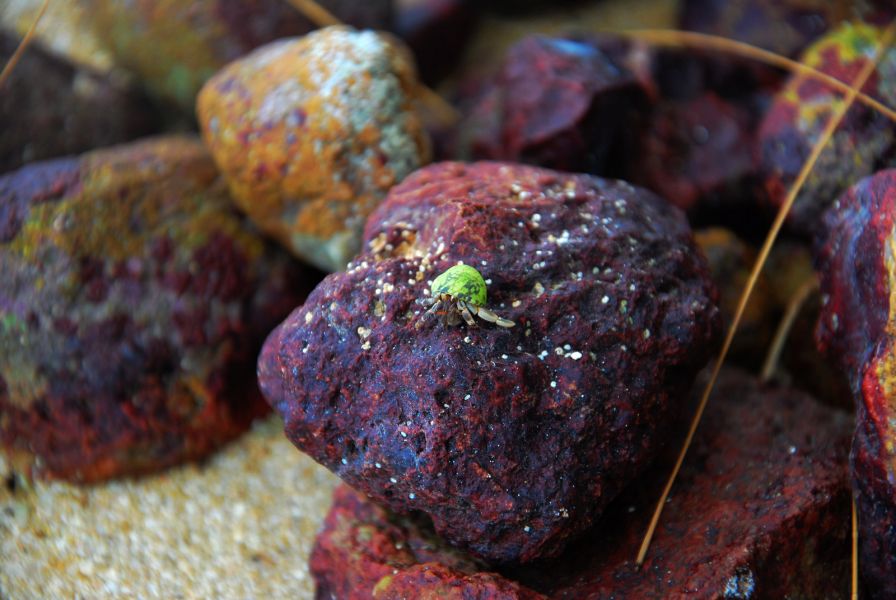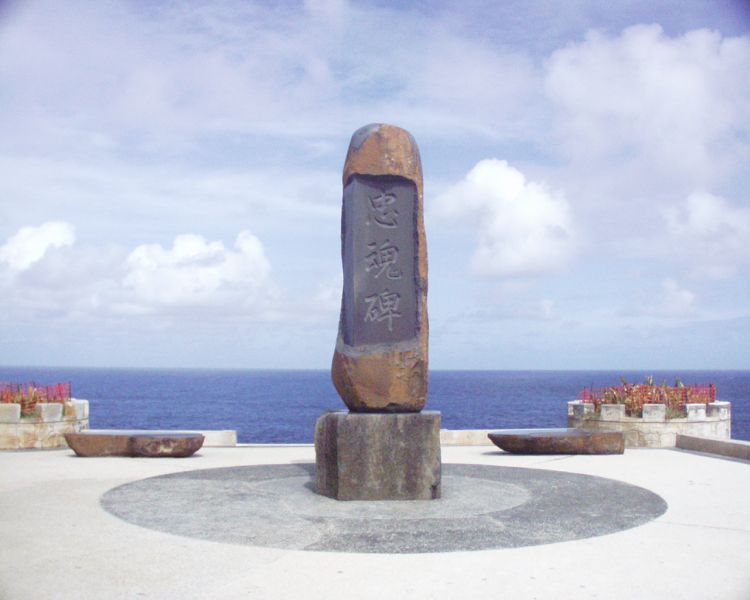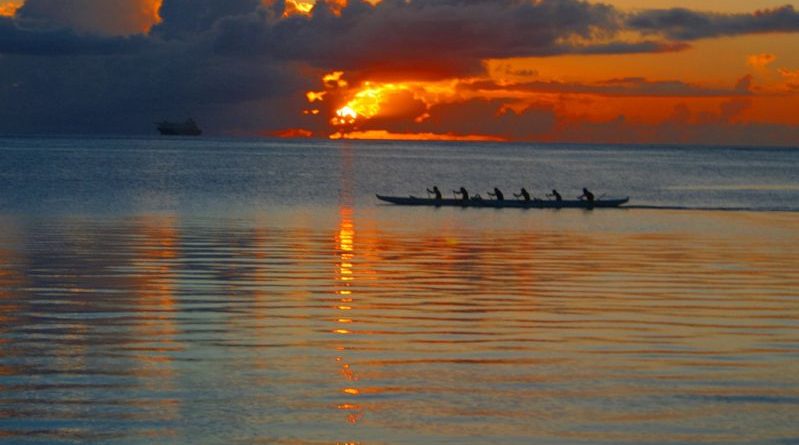KH0/JR1FKR Saipan Island. From DXNews.com
Chasuke, JR1FKR is currently active as KH0/JR1FKR from Saipan Island, IOTA OC – 086.
He will operate on HF Bands.
Recent DX Spots KH0/JR1FKR
QSL via home call.
Ads for direct QSL:
Chusuke Moriya, 3-21-2 Higashiome, Ome, TOKYO, 198-0042, Japan.
WAZ Zone – CQ 27.
ITU Zone – 64.
Saipan
Saipan History
The vast Mariana Archipelago, stretching 800 kilometers across the western Pacific Ocean, consists of islands and small reefs of coral-volcanic origin. In the south of the ridge is the largest island of Guam, and further – a chain of small land areas that form a single Commonwealth of the Northern Mariana Islands. The largest are Saipan (the center and capital of the Commonwealth), Tinian, Agihan, Agrihan, Pagan, Rota; all lie at a latitude of 12 to 21 degrees north of the equator. The closest continent to the Marianas is Asia, but it must be reached at least two and a half thousand kilometers across the Philippine Sea.
Remoteness from the continental shores did not prevent ancient people from developing the tropical lands of the archipelago in the distant past. Archaeologists have found evidence that natives of southeast Asia lived here two thousand years before the new era. Over time, a special nationality, the Chamorro, was formed; local tribes adhered to the laws of matriarchy, and these traditions were long eradicated by white colonizers.
The first of the Europeans in the Mariana Archipelago visited Fernan Magellan in March 1521, the ships of the famous traveler anchored near Guam. The anchorage was long remembered by the tired Spanish sailors, because the nimble natives managed to steal the expedition, as a result of which the new land became known as “Thieves’ Island”. Colonization of the archipelago began in the 17th century; at first the islands were owned by Spain, then America and Germany. After World War I, the Japanese ruled the islands for some time, and now they are an unincorporated territory of the United States.
 Outrigger Sunset, Saipan Island. Author – J.Wink.
Outrigger Sunset, Saipan Island. Author – J.Wink.
The most picturesque island in the Mariana Archipelago
Bright sunshine and white beaches with fine coral sand, marvelous blue bays and lush evergreen shores, fabulous starry southern nights, when you can feel as if on the edge of the Galaxy – all this applies to the wonderful island of Saipan. Tour operators do not call the island the pearl of the Pacific Ocean for nothing: despite the turbulent historical events – wars, conflicts, conquests – the nature of the island has been preserved almost in its natural state.
The main plant of Saipan is the coconut palm, which is the source of copra, the most important export commodity; the luxurious symbol of the island is the ornamental fire tree, blooming bright red flowers in spring and early summer (May-June). And many beautiful shrubs, fruit trees and other tropical species of flora were brought here from different islands of Oceania. More than 70 species of birds nest on the islands of the archipelago, and the modern Marian people are very proud that there are no poisonous snakes or other large and dangerous predators on their land.
 Saipan Island. Author – an.yonghua.
Saipan Island. Author – an.yonghua.
Bojobo doll – a symbol of health and good luck
Tourists visiting Saipan are sure to take with them a small but original talisman – a small doll made by local craftsmen from natural materials. The head and torso are made of round dark seeds of a rare shrub bojobo, sell toys always in a bundle – a boy and a girl in a lush skirt of coconut fibers. This is not just a funny trinket: the dolls are offered to buy as a powerful amulet. The yellow color of the doll’s skirt means good luck and the green color means health. Additionally, there is an instruction manual with instructions on how to bind the arms and legs of the inseparable couple to attract love, friendship, peace, goodness and success into your life. Deception, magic or mysticism? However, belief in the miraculous power of the Saipan souvenir helps many people find long-awaited happiness.
 Peace Monument, Saipan Island. Author – Christopher Wing.
Peace Monument, Saipan Island. Author – Christopher Wing.
Saipan Island in Figures and Facts
The 120-square-kilometer island has an elongated shape, and all of Saipan’s shores are intricately rugged, with the southeastern side of the island arcing into a vast sea bay, with an international airport on its southern tip.
The balmy summer lasts 12 consecutive months with an average temperature of +27 degrees Celsius, and deviations from this figure are so slight that Saipan is listed in the Guinness Book of World Records as having the flattest climate on the planet.
About 300 km off the island’s east coast lies the famous Mariana Trench, the world’s deepest oceanic trench at 11,775 meters below sea level.
The underwater limestone cave Grotto in the north of Saipan, according to experts, is one of the top ten best diving spots in the world.
In April 1999, the most mass diving was organized on the island – 215 divers plunged into the water at the same time and in the same place.
And one more fact with the epithet “the most” – the Saipan Museum of History and Culture houses the world’s largest collection of antiquities and treasures recovered from sunken Spanish galleons.
KH0/JR1FKR. Where is Saipan Island located. Map.
KH0/JR1FKR Saipan Island. Sunrise 03-27-2025 at 20:14 GMT sunset at 08:29 GMT
sumber www.dxnews.com

